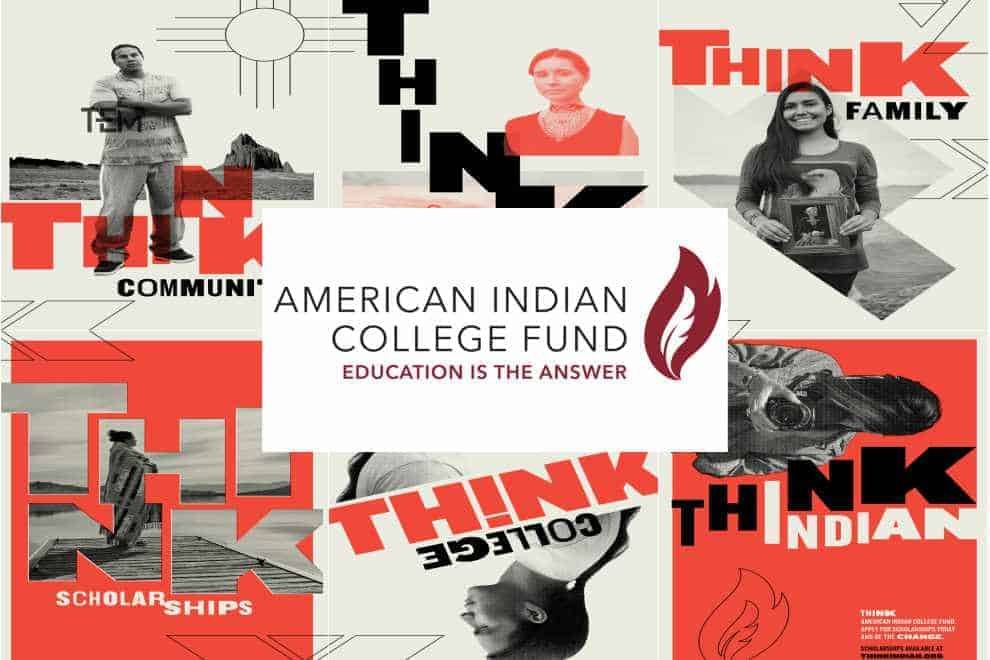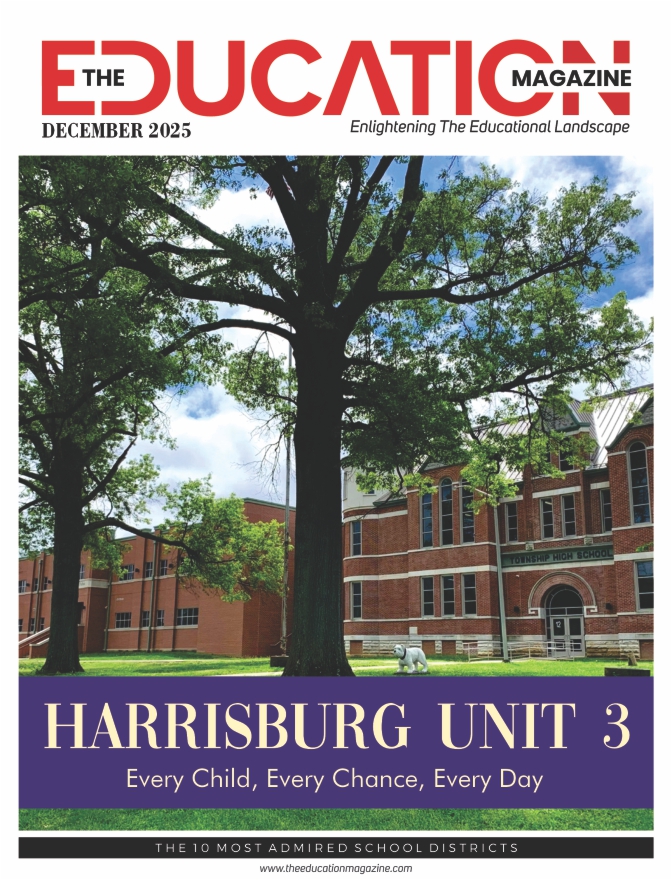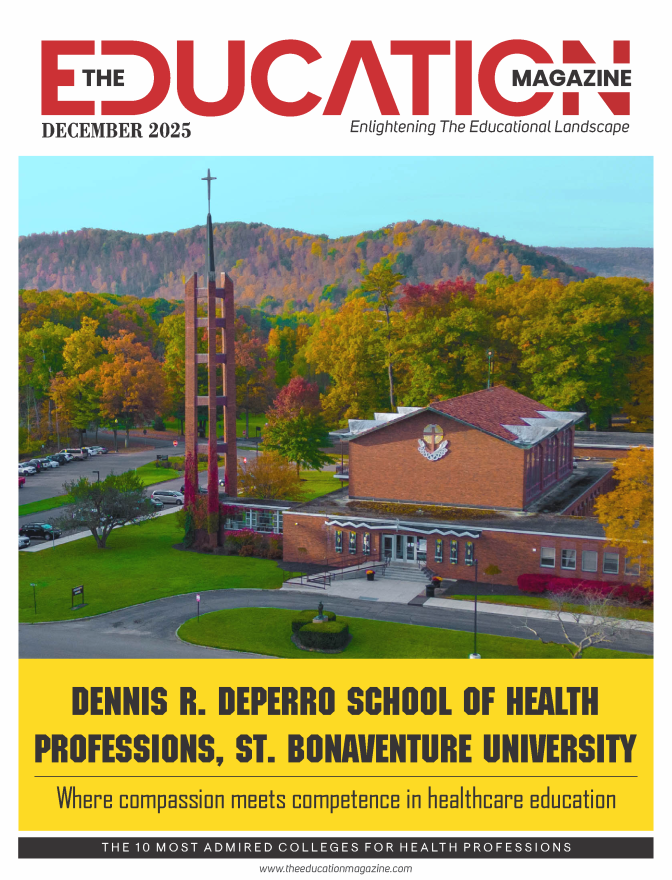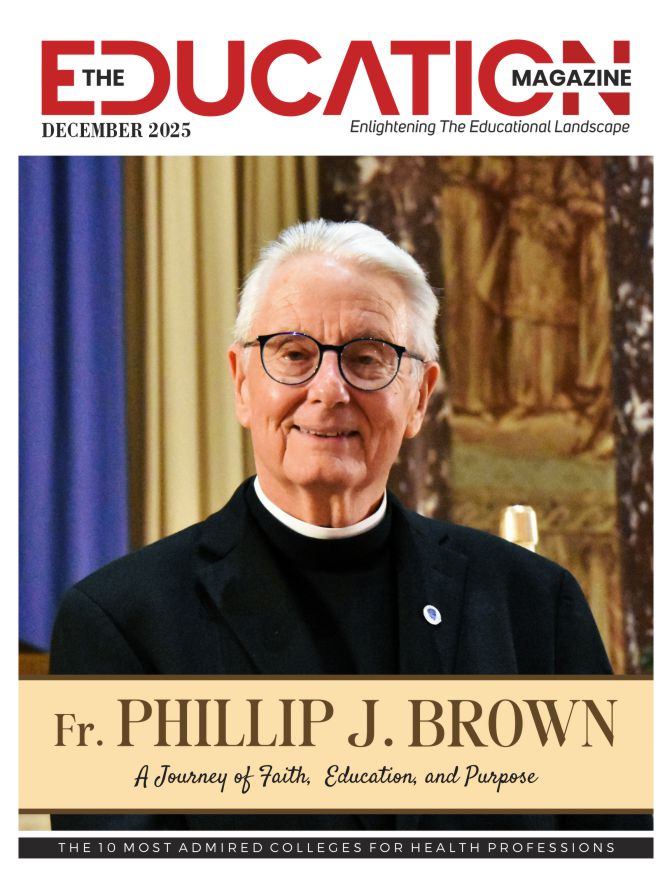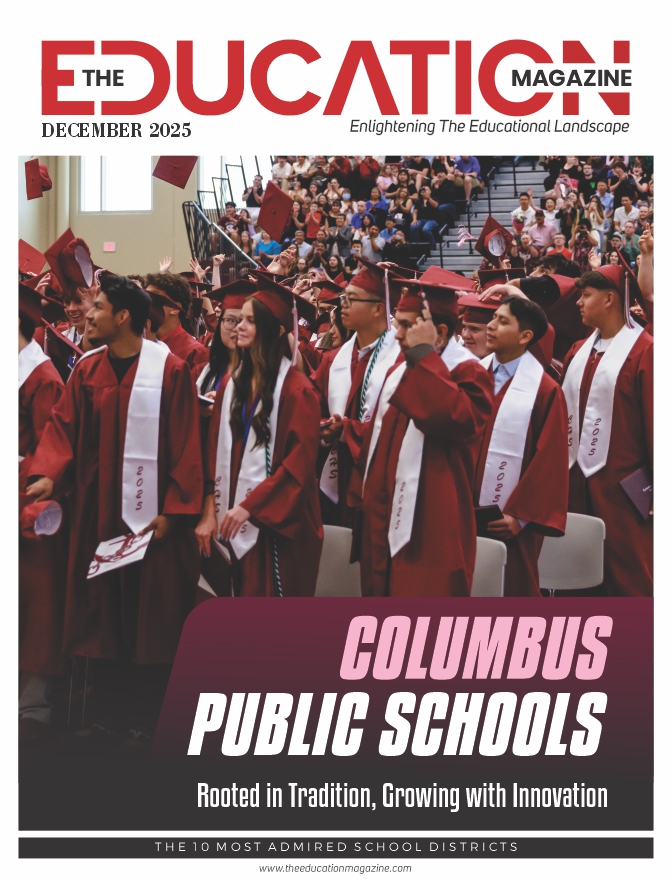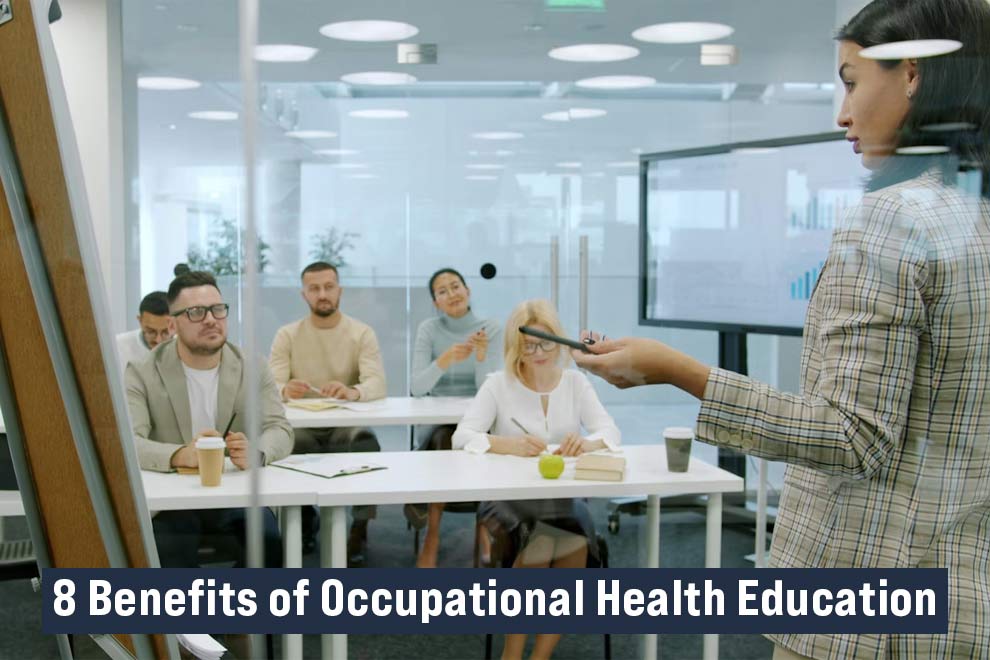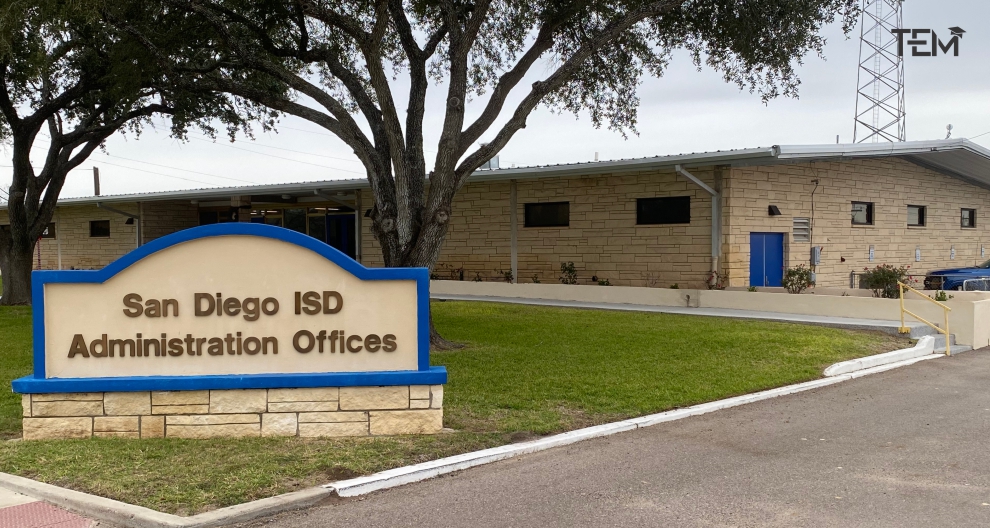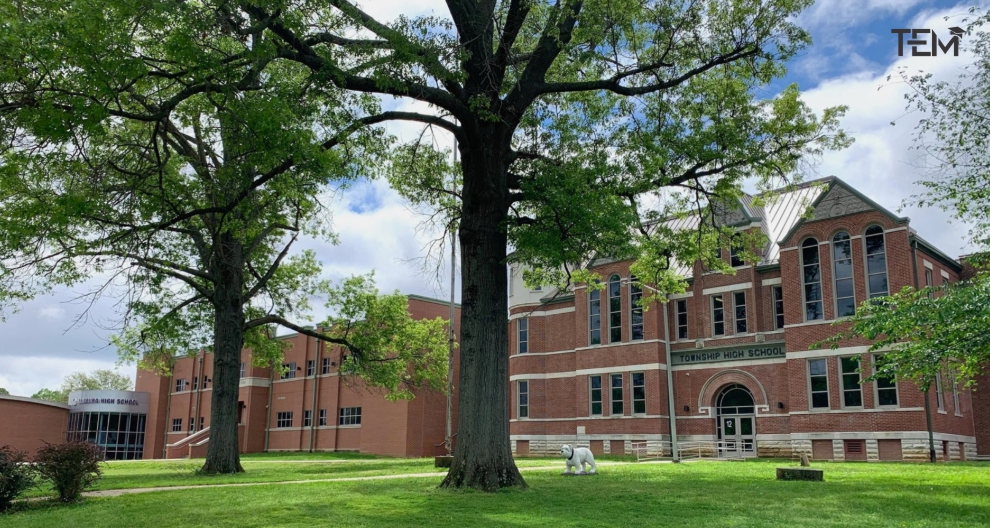More than $17k grants to promote the vibrancy of Native American students, scholarship, and communities
USA’s largest charity supporting Native higher education, The American Indian College Fund’s “Think Indian” Community Awareness program awarded seven non-profit, accredited colleges and universities with $2,500 grants to promote the vibrancy of Native American students, scholarship and communities.
Created in 2009 as a public awareness campaign, “Think Indian” has a mission to promote the American Indian College Fund and the contributions Native American scholars make to our world. The “Think Indian” campaign was renewed in 2018 to promote the American Indian College Fund’s scholarship and support programs for Native students. The “Think Indian” Community Awareness Grants will support specific efforts of Native-serving colleges and universities, helping them better raise awareness and connect with students and tribal communities.
The community’s challenges
American Indians face many unique challenges to getting a college degree or education. The result is that fewer Natives enter college and graduate compared to other groups:
- Native youth face some of the lowest high school graduation rates nationwide.
- Natives have the lowest educational attainment rates of all ethnic and racial groups in the United States. Only 14% of American Indian and Alaska Natives earned a college degree, compared to 29.7% of other racial groups.
Cheryl Crazy Bull (Sicangu Lakota) President and CEO, American Indian College Fund says, ”With more than 40% of the Native population under age 18, the American Indian College Fund (the College Fund), a 501(c)(3) organization, is working to provide Native people with access to a higher education. But I know from experience that financial support is not enough. Once students are enrolled in an institution of higher learning, they also need the tools, programs, and support to succeed.”
A higher education is equated with improved rates of employment, self-esteem, and better health outcomes, creating a healthier and happier future for individuals, families, and communities.
